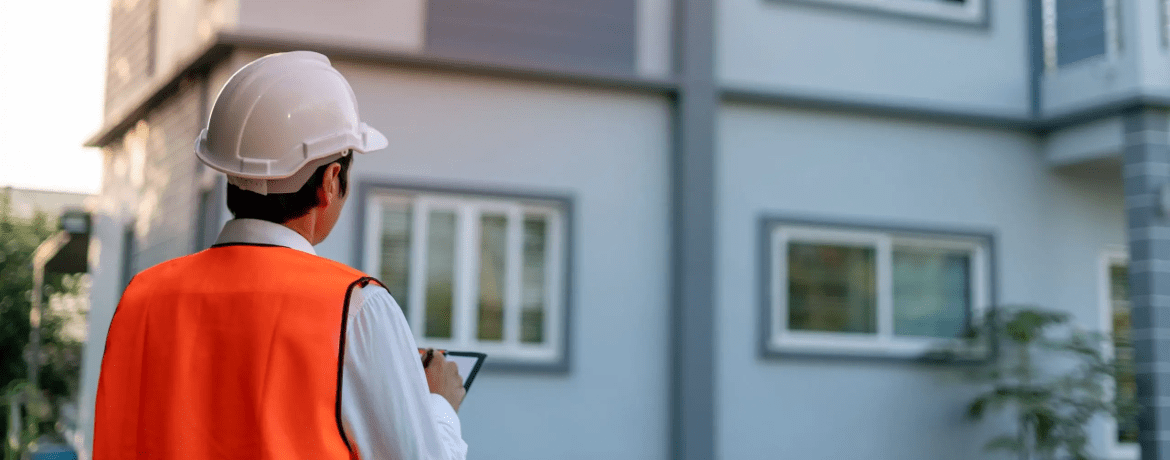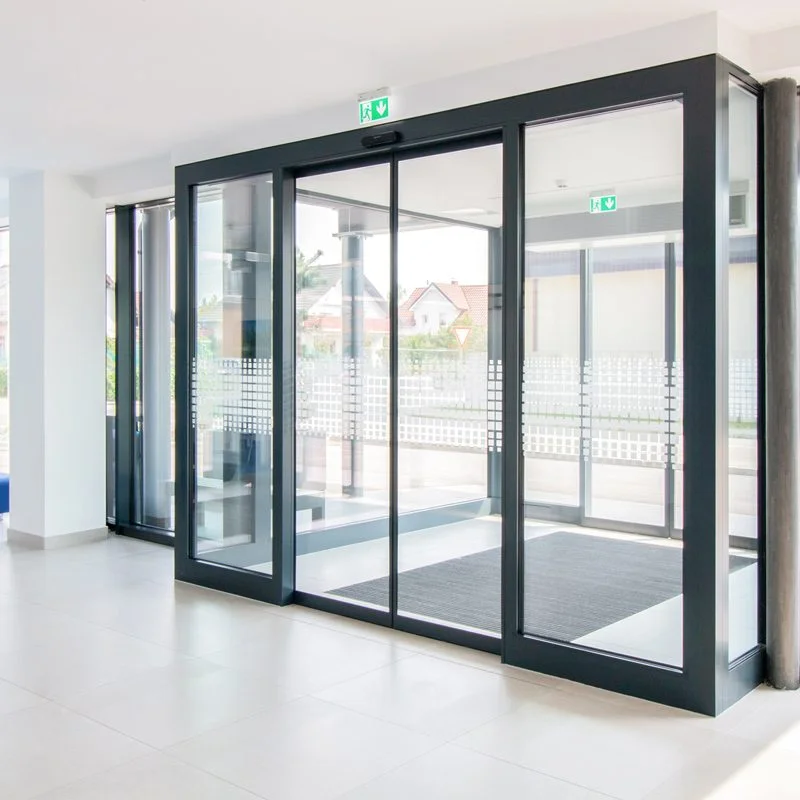Effective Building Warrant of Fitness auditing and common findings
- October 31, 2024

In New Zealand, a Building Warrant of Fitness (BWoF) audit is a key part of the regulatory framework designed to ensure that commercial, industrial, and public buildings are maintained in a safe condition. The BWoF is an annual certificate that confirms a building’s specified systems (like fire alarms, sprinklers, lifts, and ventilation systems) have been inspected and maintained in compliance with the Building Act 2004.
In New Zealand, failing to comply with BWoF regulations can lead to penalties or enforcement actions by Territorial Authorities (Generally the Local City or Regional Councils).
The primary purposes of a BWoF audit include:
- Ensuring Public Safety: The audit ensures that buildings are safe for occupants and visitors by confirming that life-safety systems are functioning correctly.
- Regulatory Compliance: It helps building owners comply with the Building Act and other regulations, preventing legal issues, fines, or shutdowns.
- Maintenance of Essential Systems: The audit ensures that specified systems, like fire safety systems, are operational, reducing the risk of accidents or emergencies.
- Minimizing Risk: A properly maintained building reduces the risk of accidents, insurance claims, or property damage.
- Accountability: It holds building owners and property managers accountable for maintaining the building according to legal requirements.
BWOF – Annual Statement of Compliance
A building warrant of fitness (BWoF) is the Building Owner’s annual statement to the Territorial Authority (TA), confirming the specified systems listed on their building’s compliance schedule have been maintained and checked for the previous 12 months. Many people are confused and believe it is the TA who issues the BWOF statement. This is incorrect.
IMPORTANT NOTE: It is a legal requirement for a Building Owner to provide this statement annually.
Territorial Authority (TA) BWOF Role
The role of the TA is to administer the BWOF process as set out under the NZ Building Act 2004 Sec 12 (2) (f-h).
In summary, a TA issues and amends compliance schedules, receives, reviews, acknowledges, and registers BWOF statements and supporting information. The TA also carries out the enforcement of the BWOF process through onsite auditing and legal proceeding, if necessary.
TA BWOF Auditing and Enforcement
A Territorial Authority is required to have a policy for proactively reviewing and auditing a percentage of buildings with BWoFs per year. The frequency of these audits is usually based on building risk category (e.g., Higher user risk buildings, such as sleeping-use buildings, may be audited annually; warehouses or light commercial uses, etc., may be audited every three years).
The Building Act requires the Territorial Authority to proactively check buildings in two critical ways:
- Desktop review of the BWoF statement and supporting information to ensure the information provided is on-time, complete, and accurate. This review also focuses on the individual system reports from the Independent Qualified Person (IQP)-who inspects the specified systems.
- Onsite Audits to confirm satisfactory system maintenance and operations.
The Territorial Authority will charge for this inspection or authorise an agent to conduct the inspection on their behalf.
Farsight NZ provides expert guidance and service in BWOF Auditing
Over the past 12 months, Farsight NZ has been assisting a local Territorial Authority, in setting up an effective BWOF audit regime and acting as their agent conducting BWoF audits.
The Farsight NZ technical team assisted the TA by setting up the critical audit identification process, creating a robust efficient auditing system and developing a software tool for the field inspection work.
The work has been very rewarding and through this work it has identified some key learnings about reoccurring issues that building owners and TA’s need to be addressing urgently.
Common Audit findings
The most common findings from these audits include:
- Specified systems present in the building, but not listed on the compliance schedule.
Quite often building owners install systems with good intentions but are not aware that the new system:
- May impact on other safety features, or
- As a new safety system itself require ongoing annual inspection, maintenance, and reporting.
Common installed systems encountered that should be recorded on the Compliance Schedule include: –
- SS3/1 Automatic doors – These may be added by a building owner or tenant, not realizing or being aware that they are a specified system, they require a building consent and must be recorded on a compliance schedule and inspected in accordance with specified inspection, maintenance & reporting requirements of the system.

- SS 3/2 Access controlled doors (swipe card, electronic fobs etc.) – These are often added, reconfigured, or changed by a building owner or tenant for security reasons. Once again, these are a specified system, they should have a building consent and must be recorded on a compliance schedule and inspected in accordance with specified inspection, maintenance & reporting requirements of the system.

IMPORTANT NOTE: An access door or automated door that does not allow free egress in the event of an emergency is potentially a serious danger to occupants.
- Door locks on designated escape route

Another more critical concern is the use of padlocks or any type of key lock on emergency exit routes. During many audits final exit doors, or doors on exit route are often found to be non-compliant. The basic requirements of the building code specify that locking devices shall be clearly visible, located where such a device would be normally expected, and in the event of fire, designed to be easily operated without a key or other security device, and allow the door to open in the normal manner.
IMPORTANT NOTE: The Exit route and all associated doors/door furniture etc., that facilitate safe passage is a specified system. Failure to maintain this is an offence, but more critically in an emergency, every second counts. The purpose of an emergency exit route is to provide a clear and easily accessible path for people to leave a building quickly. Key locks on emergency exits create dangerous delays, increase the risk of injury or death, and are generally against fire safety codes. For these reasons, alternative exit mechanisms like push bars or panic hardware are used to ensure quick and safe egress without requiring a key.
The building compliance schedule and BWoF regime are critical tools to ensure a building remains safe for occupation and use throughout the building’s life. Farsight NZ takes pride in helping owners to ensure their buildings are maintained to a high level of safety and assisting Local Territorial Authorities to deliver on their responsibilities.
If you would like to know more about how we can assist you in these areas please feel free to contact Farsight NZ for confidential advice or assistance.